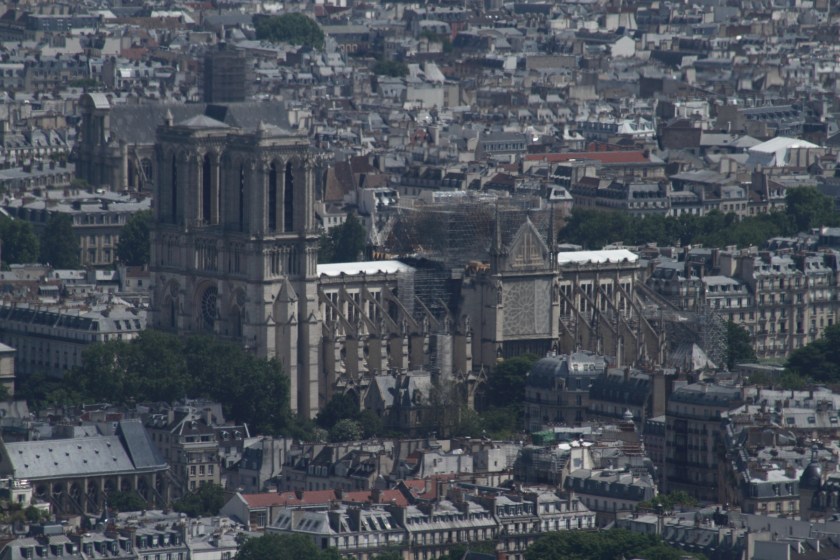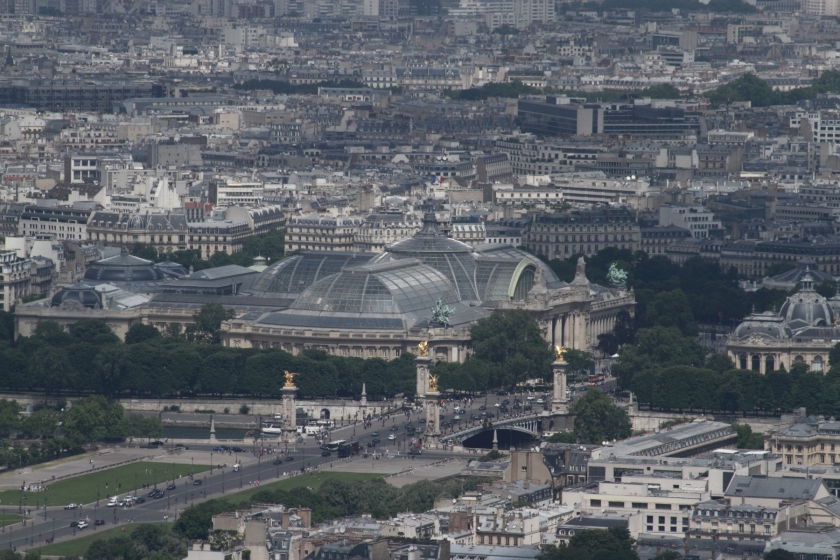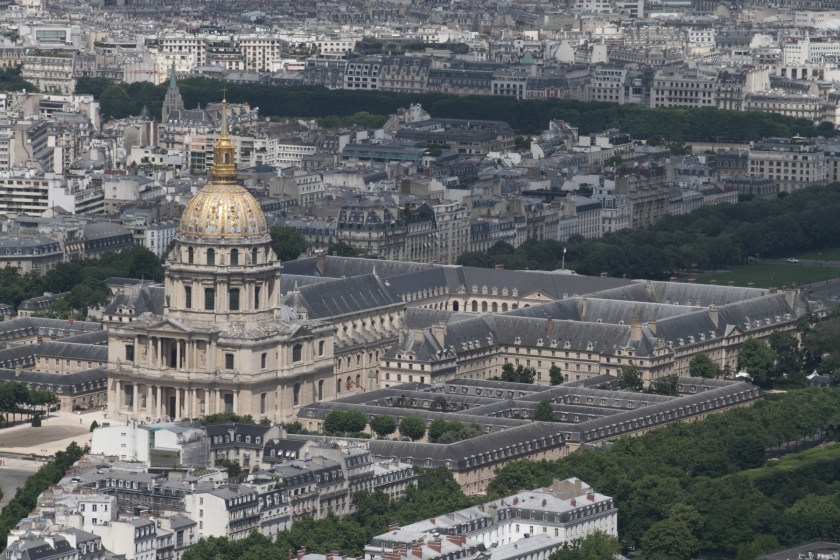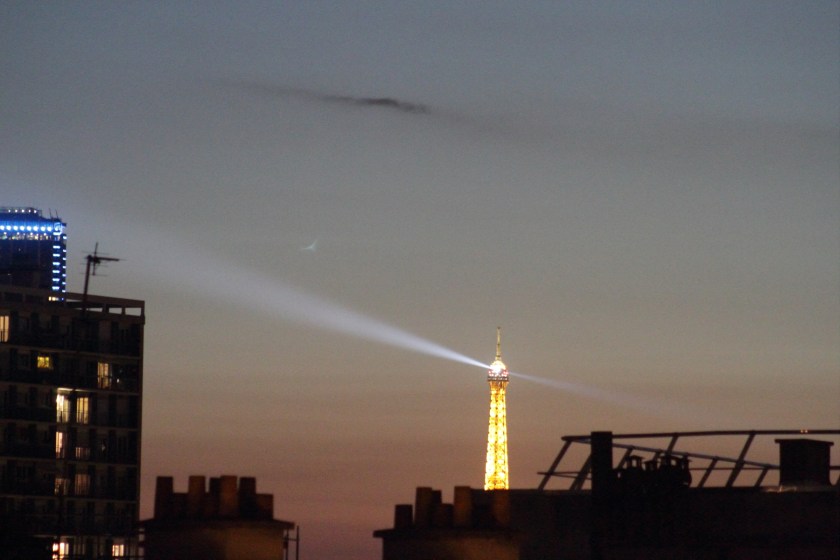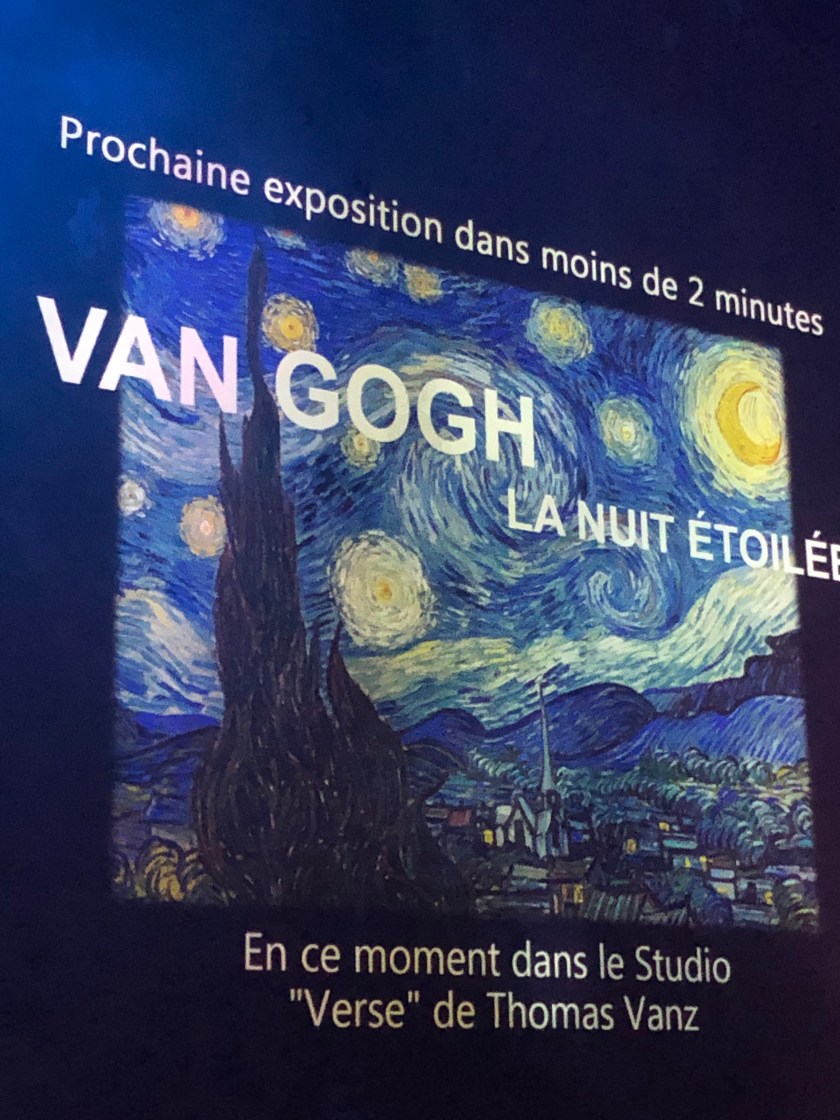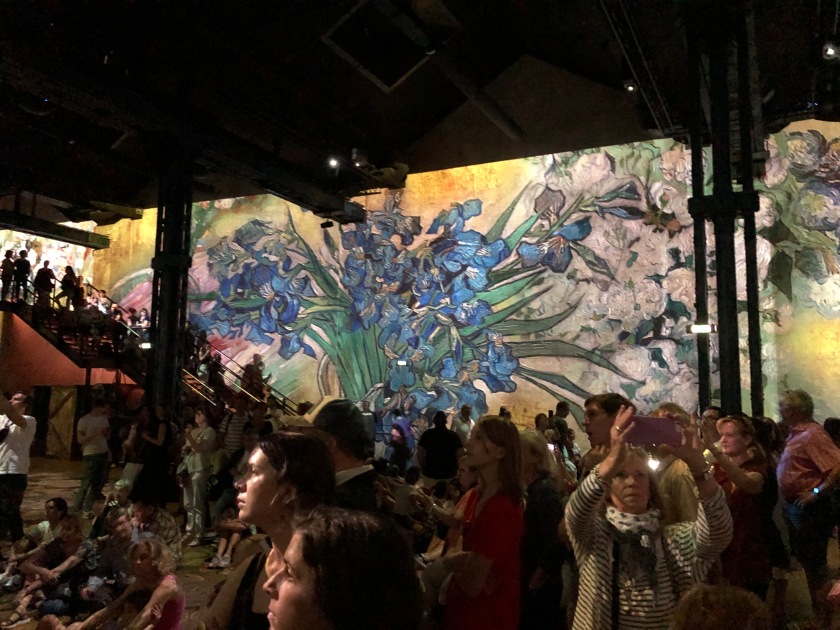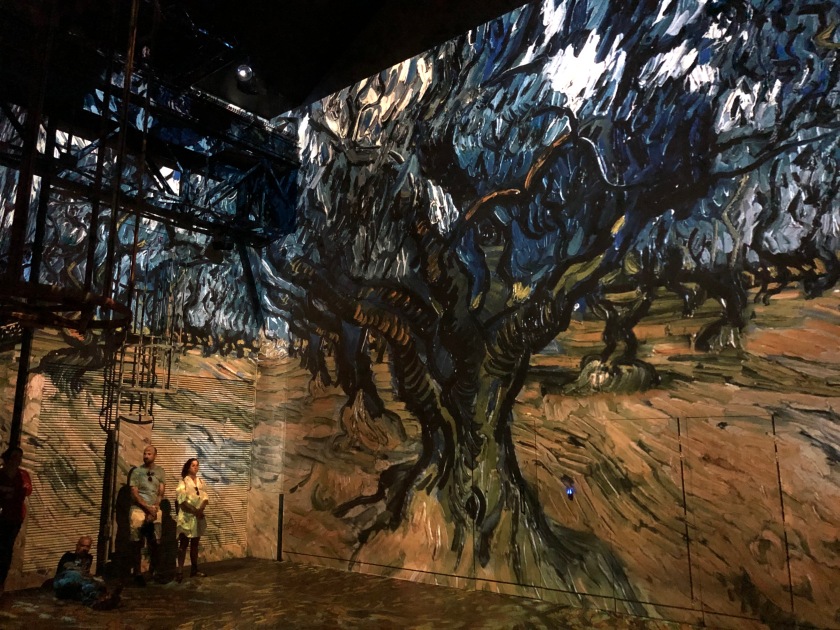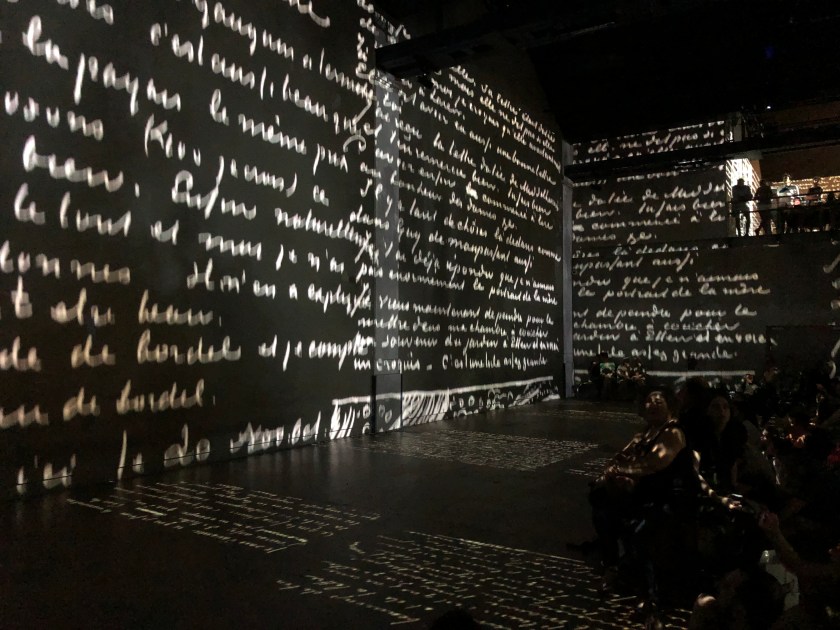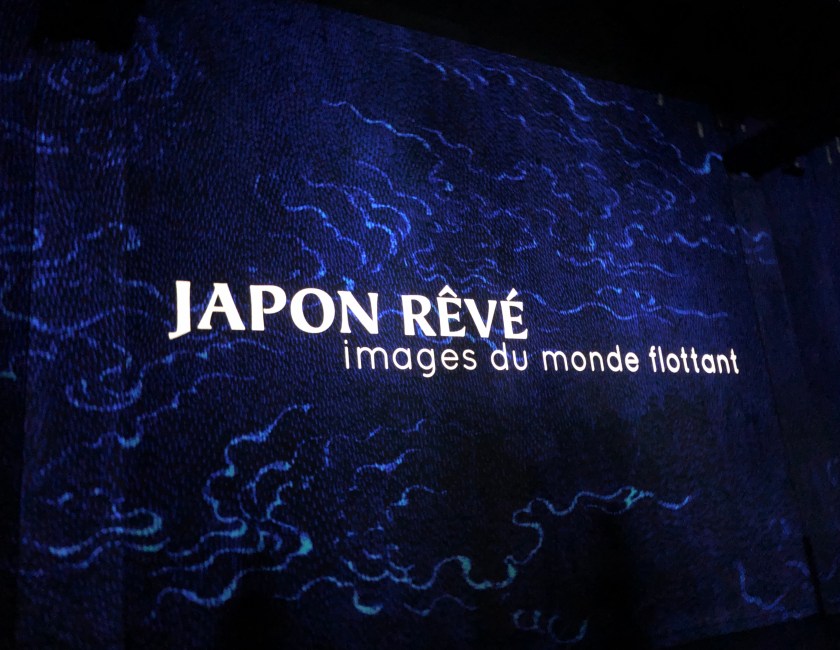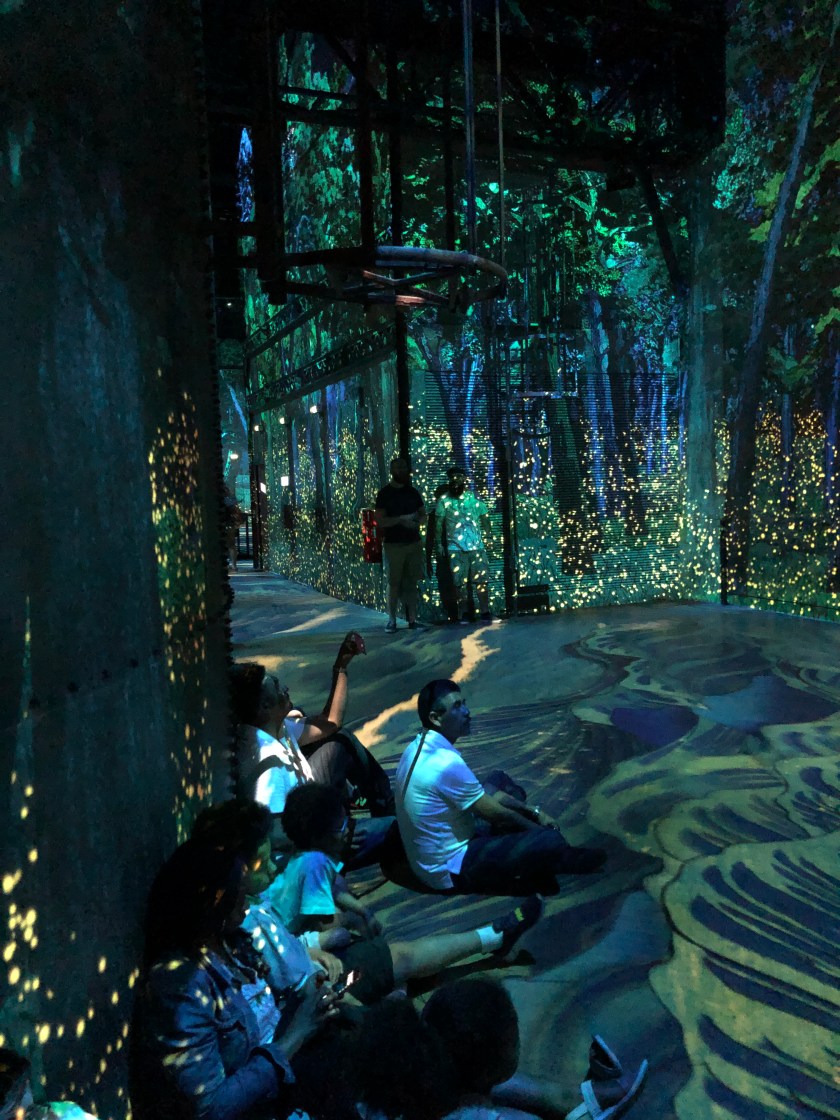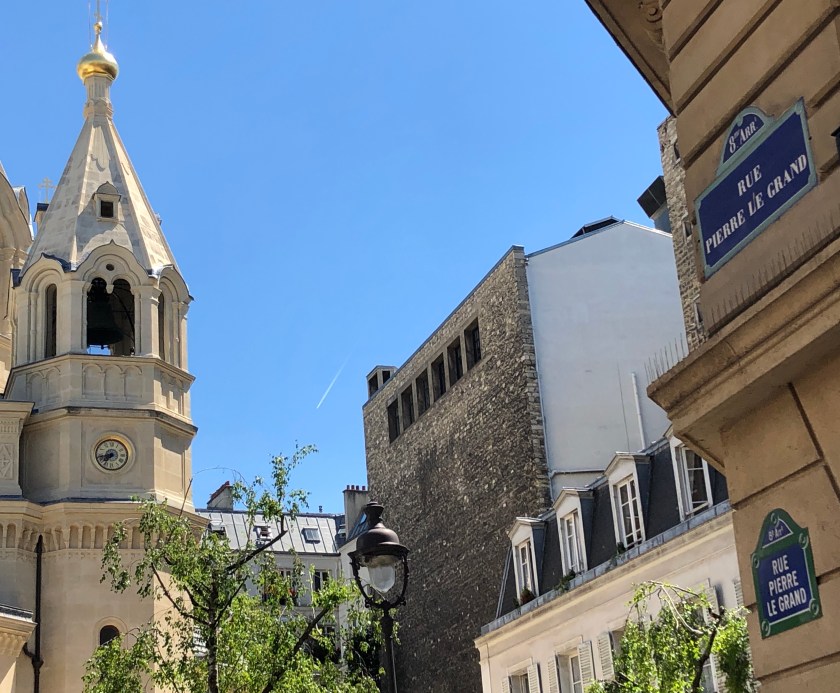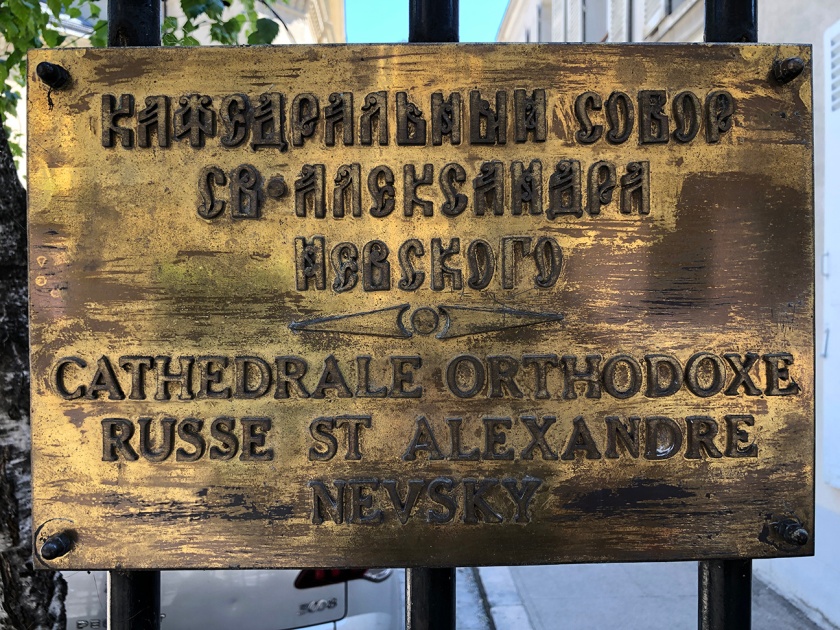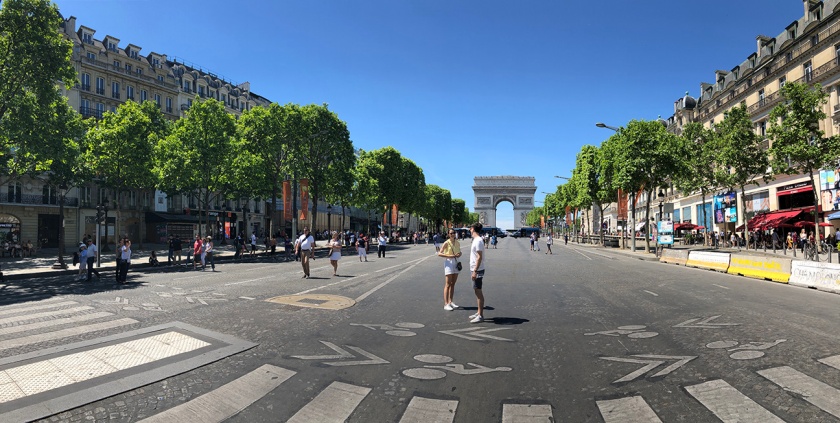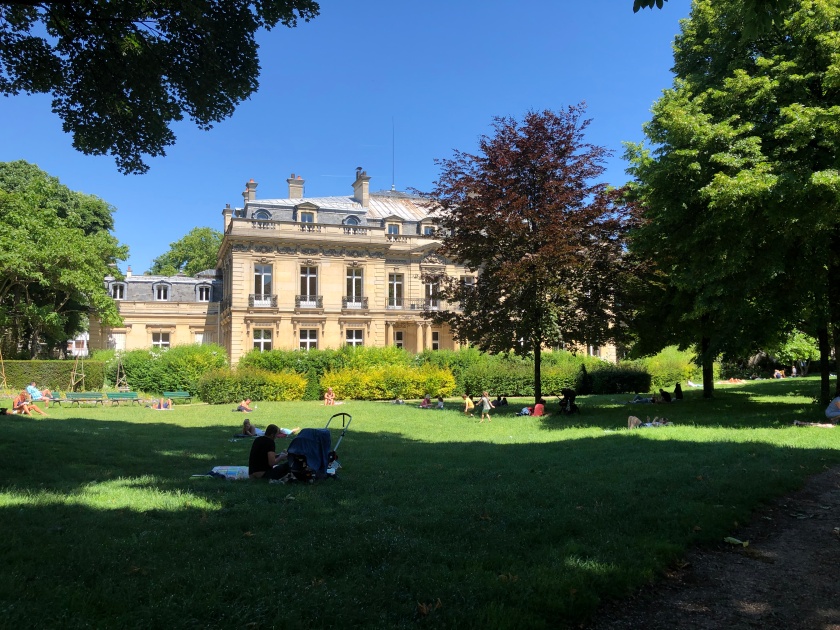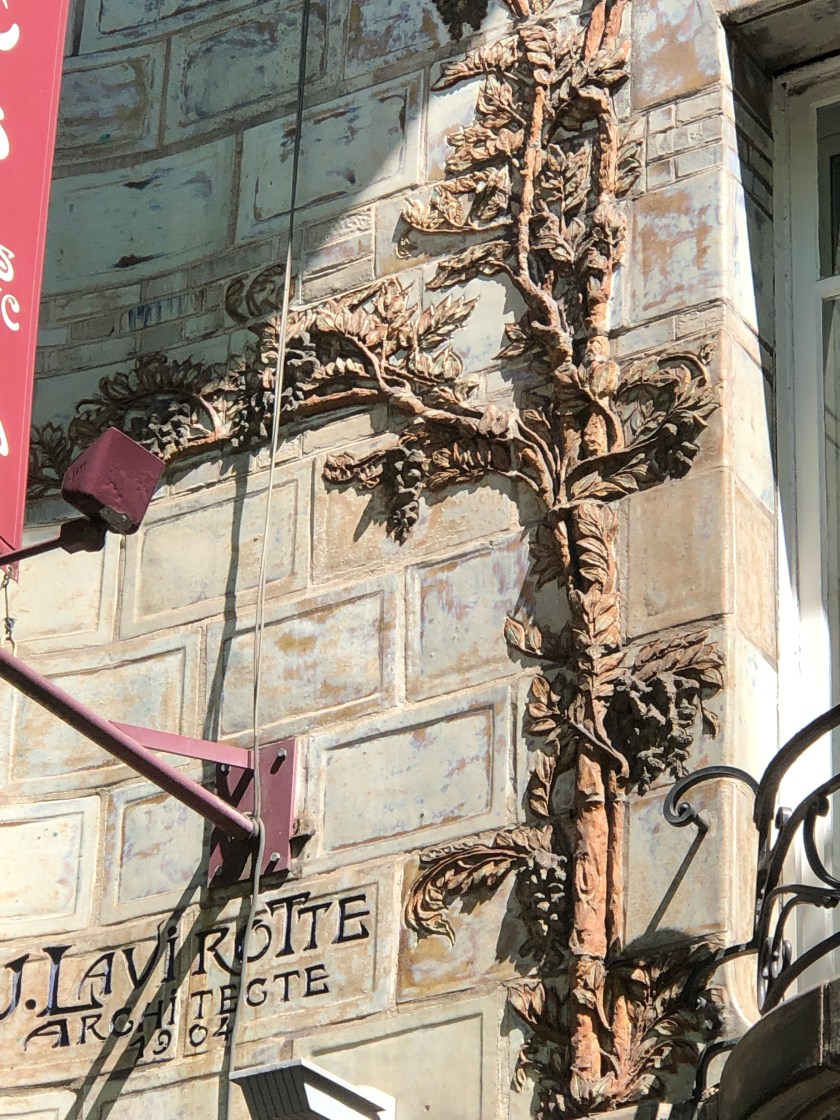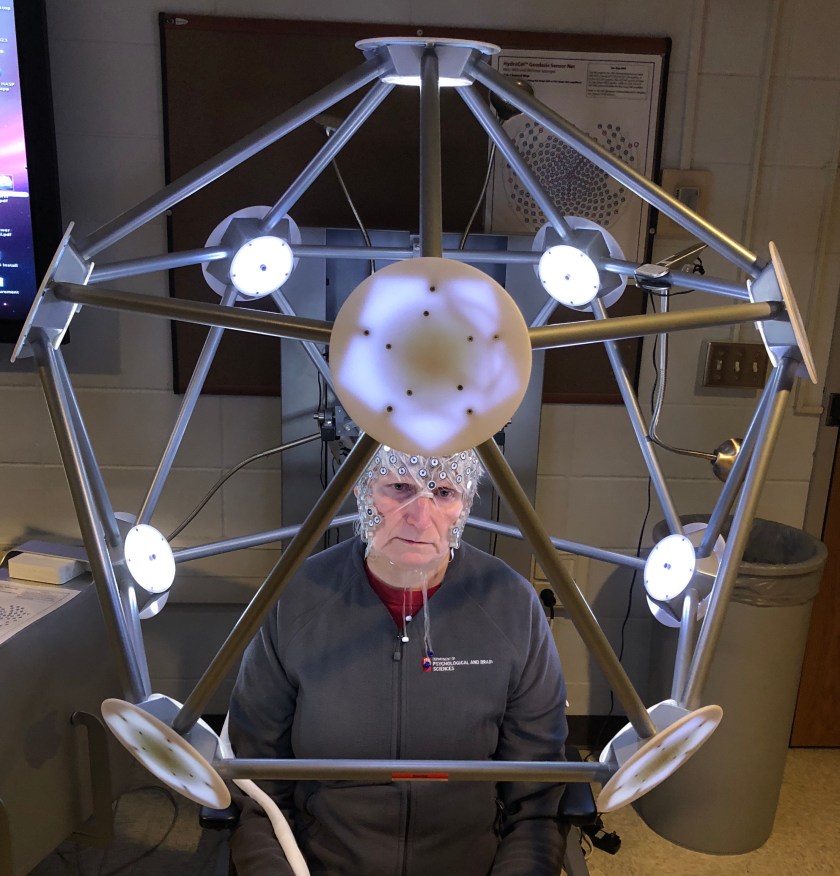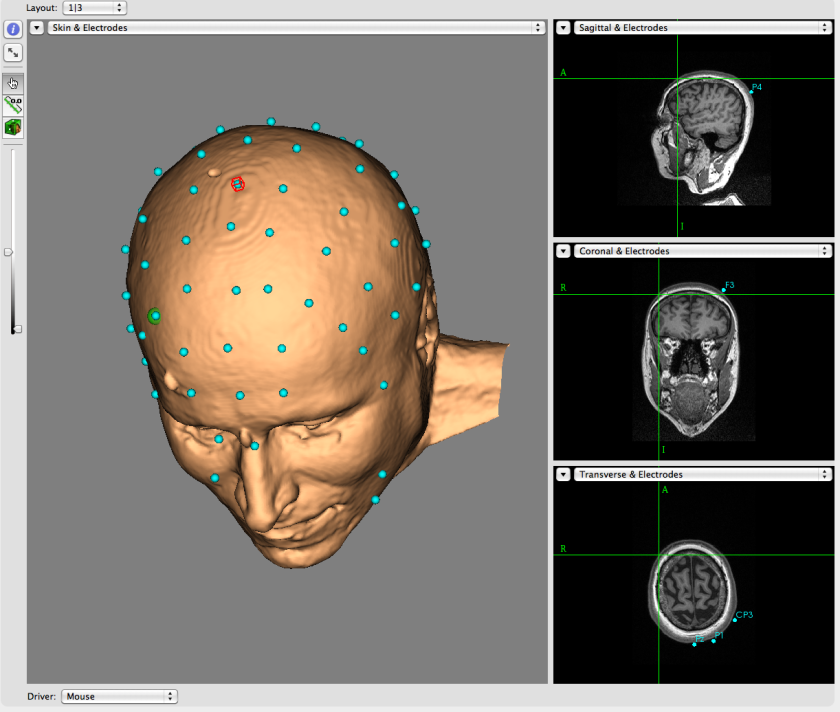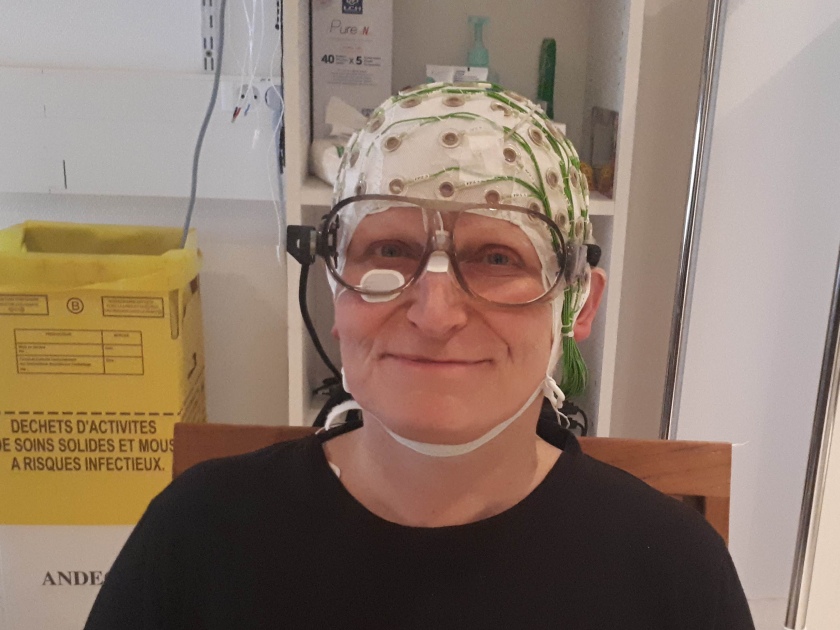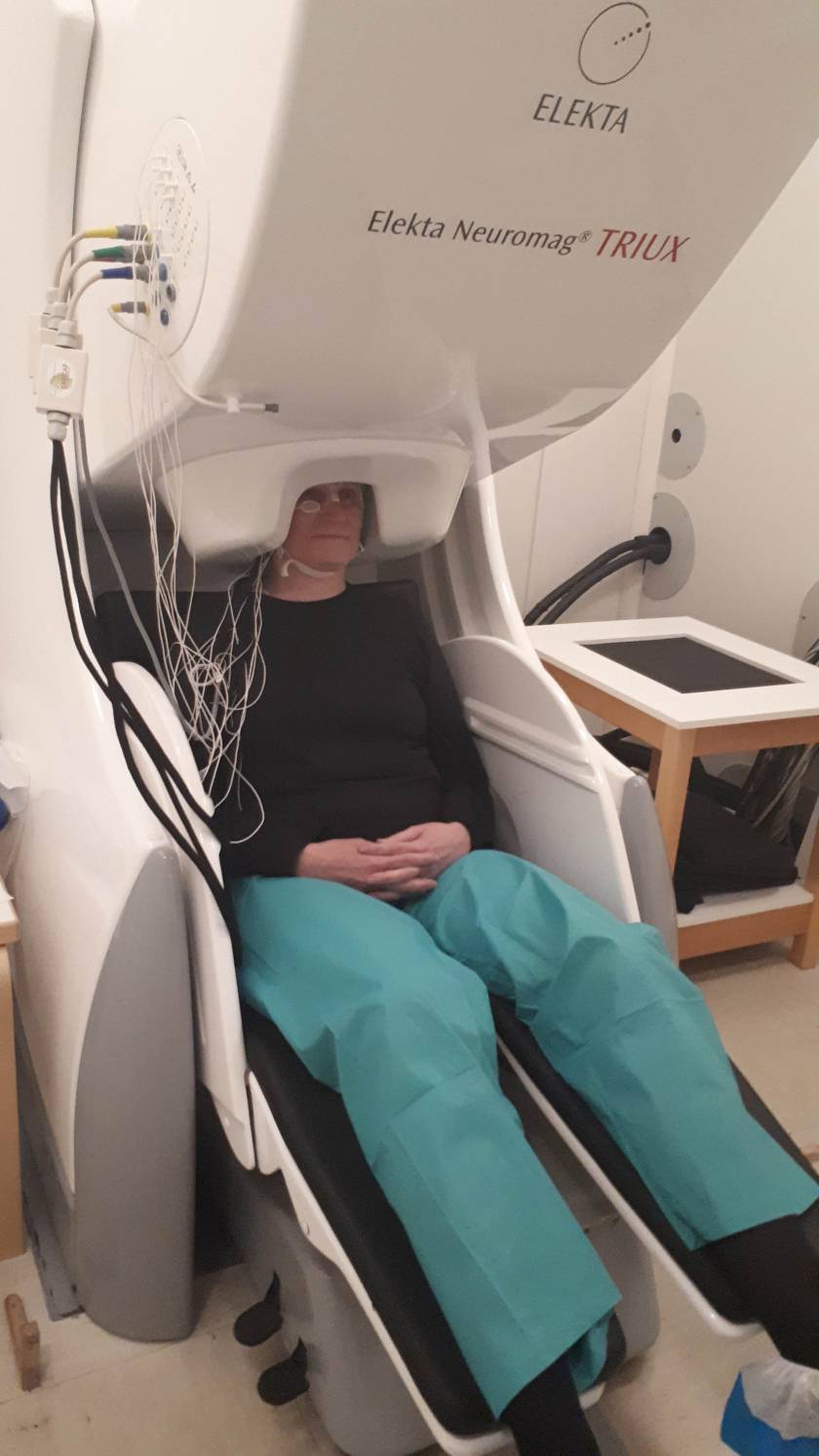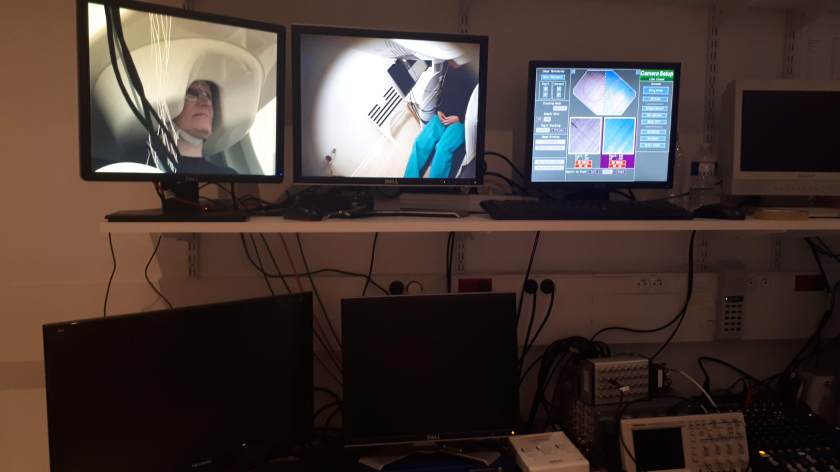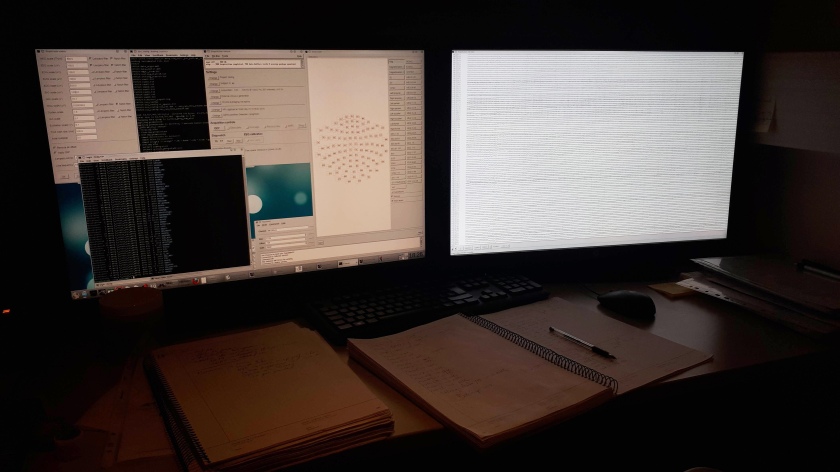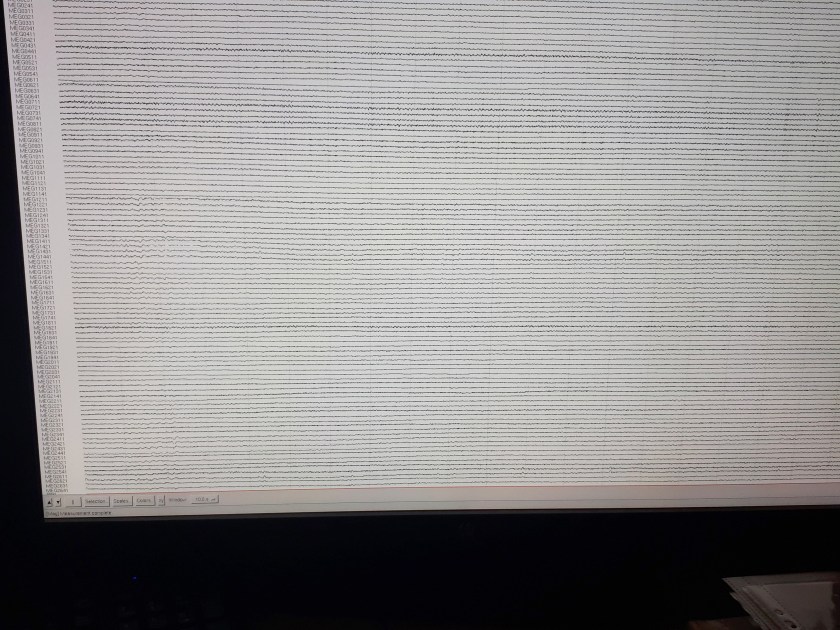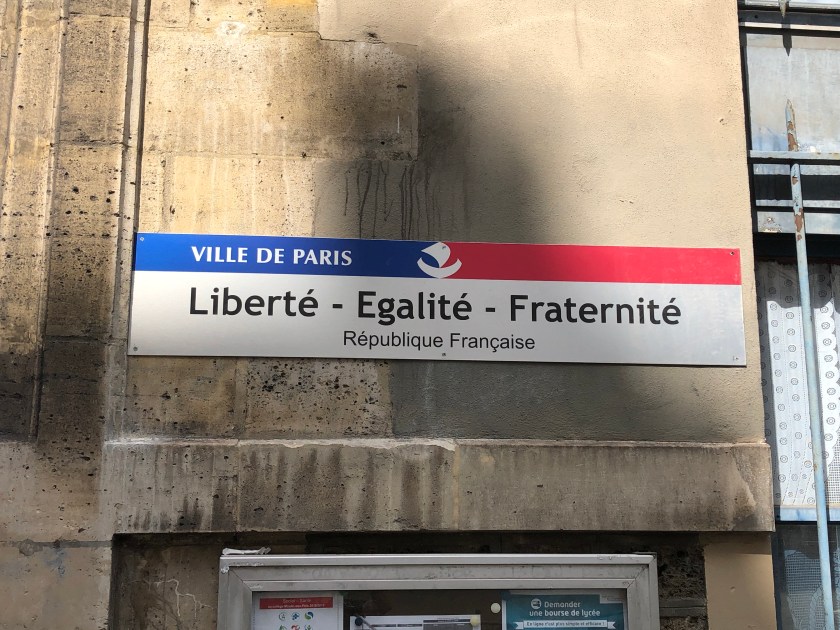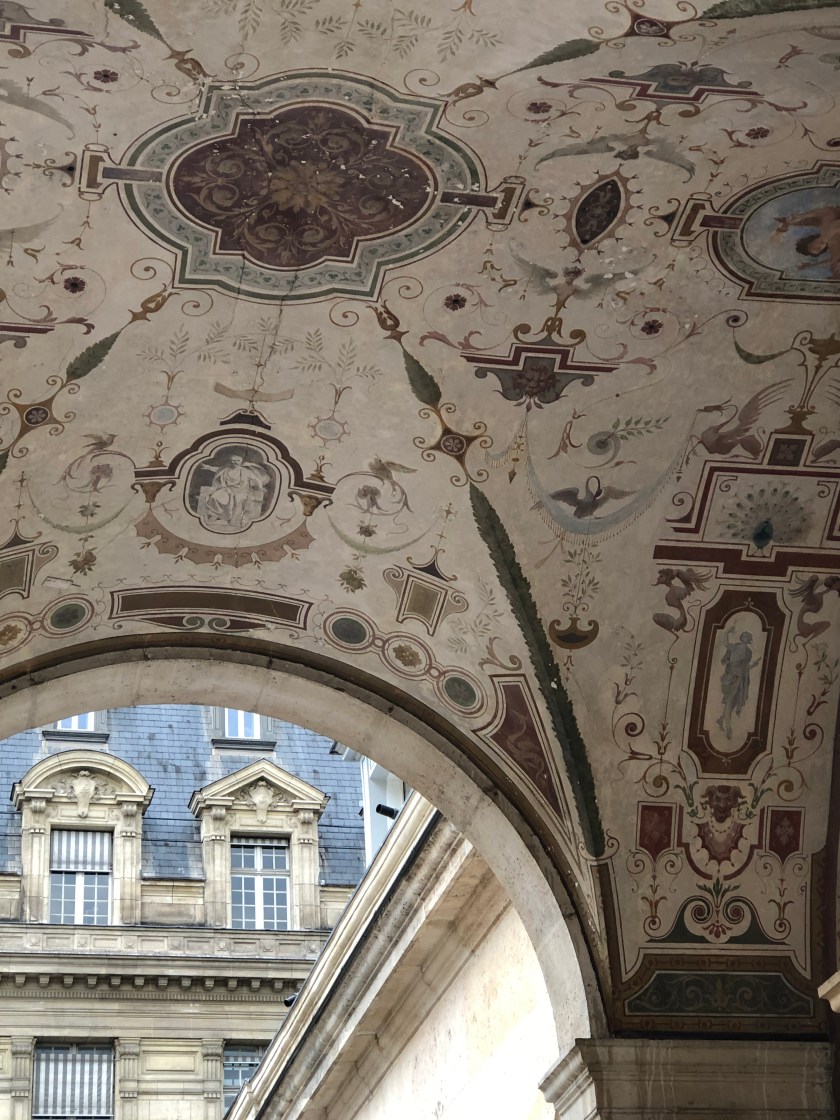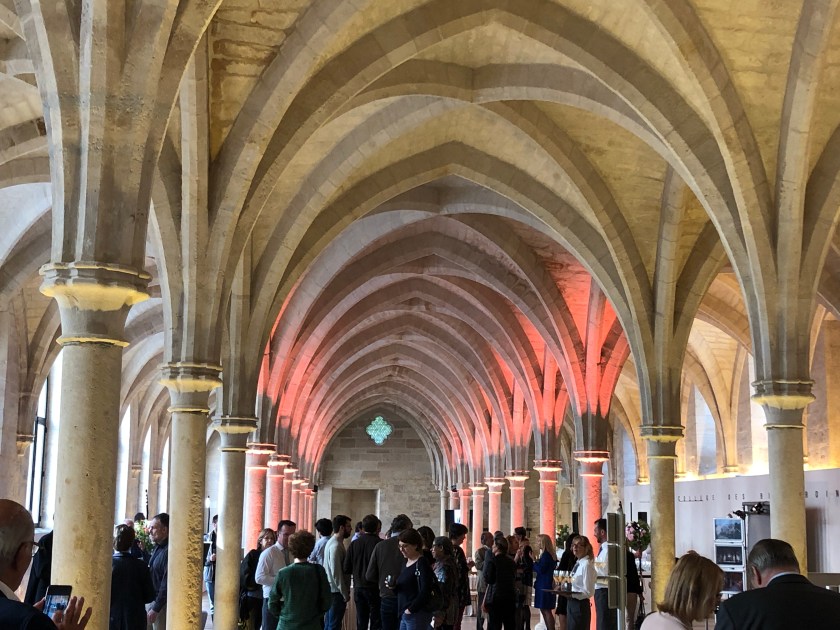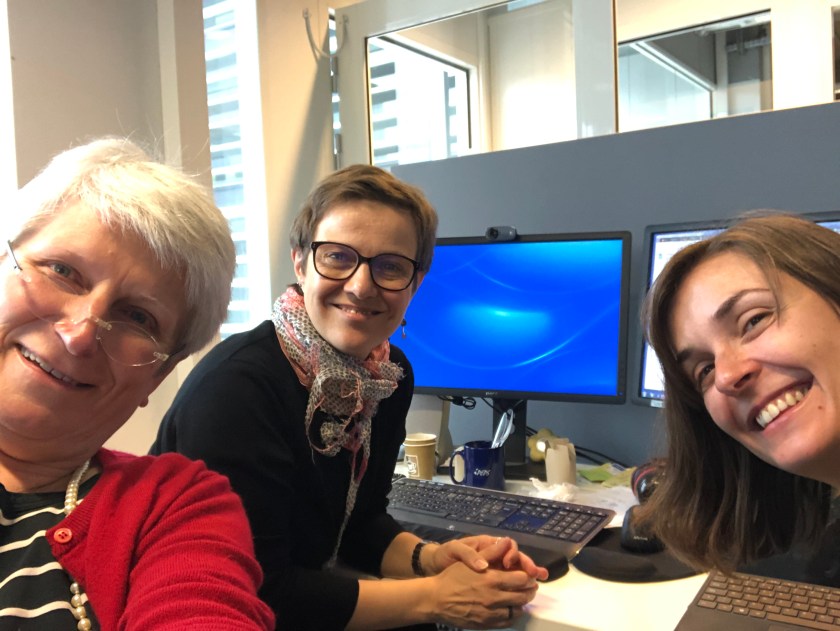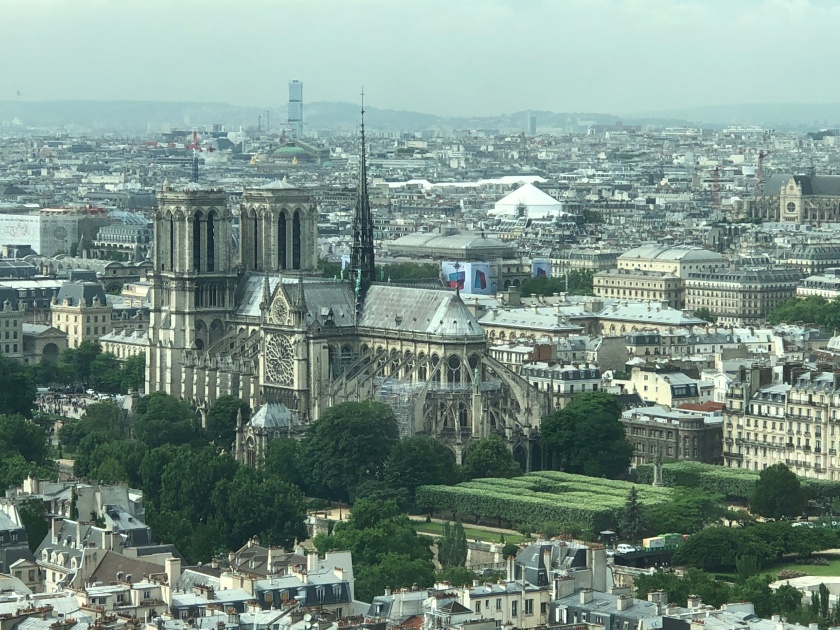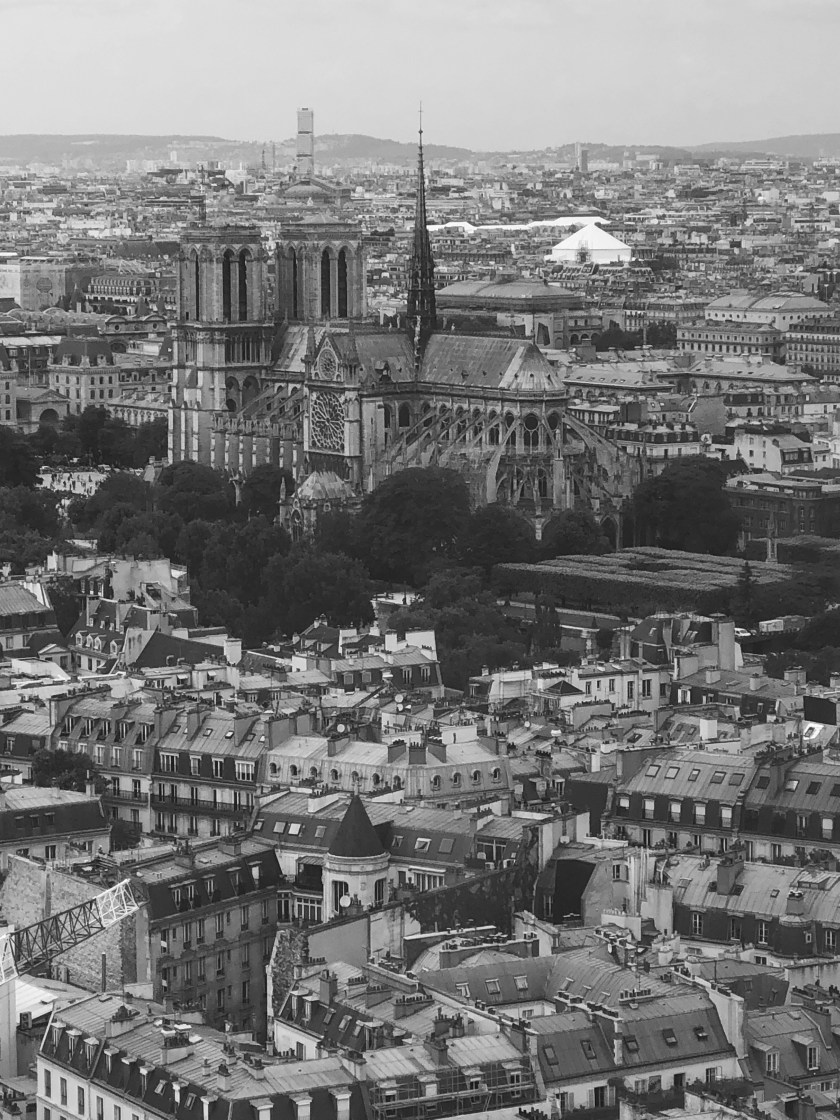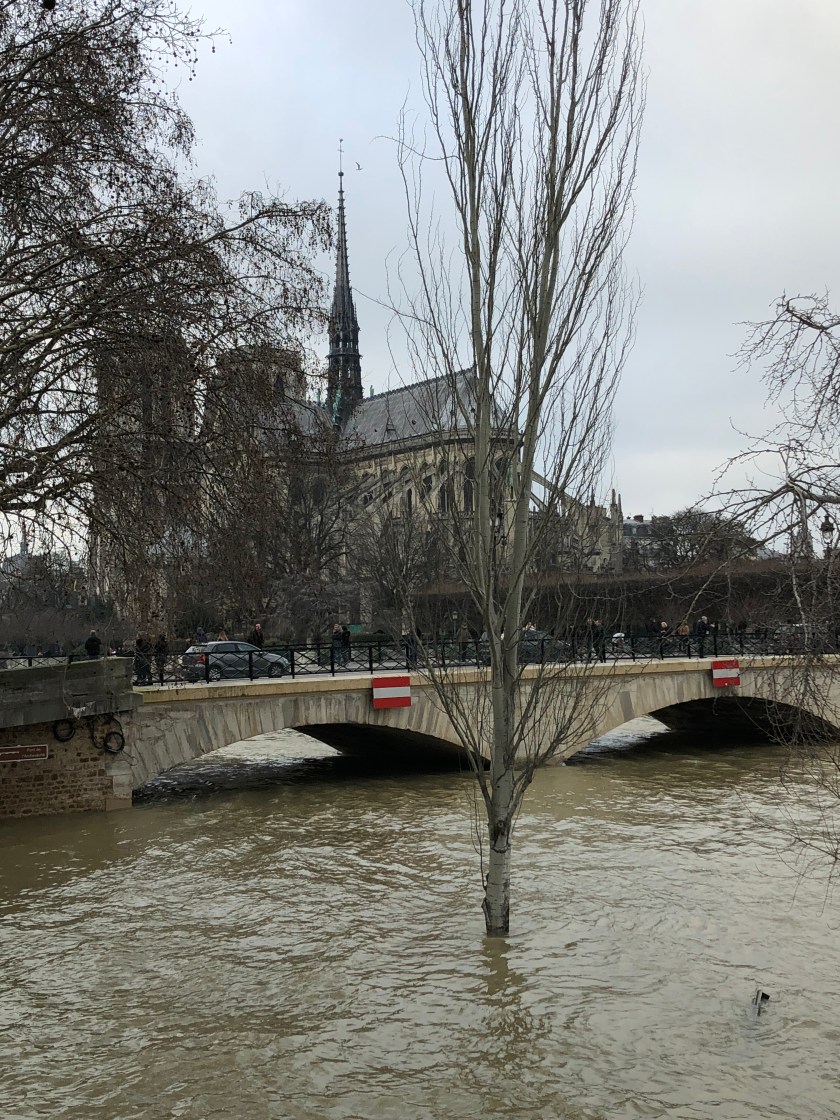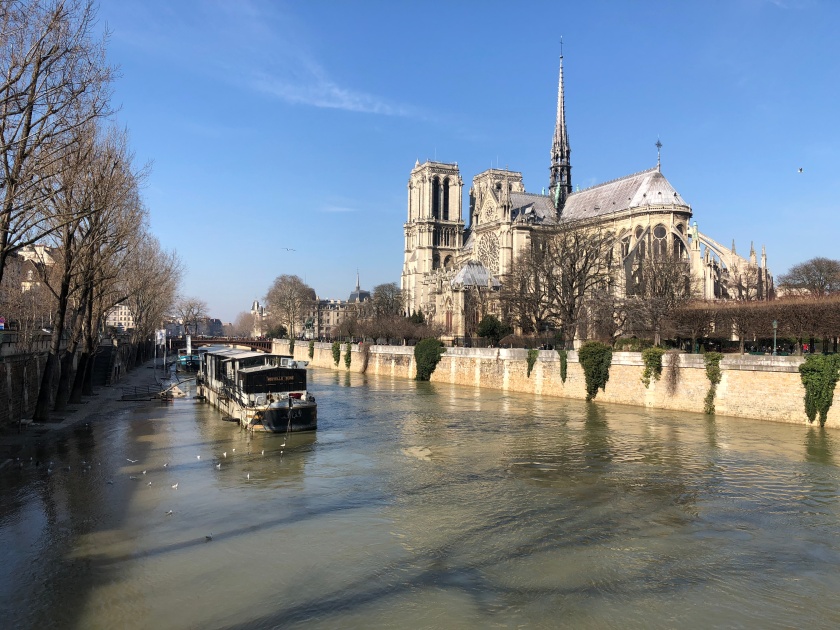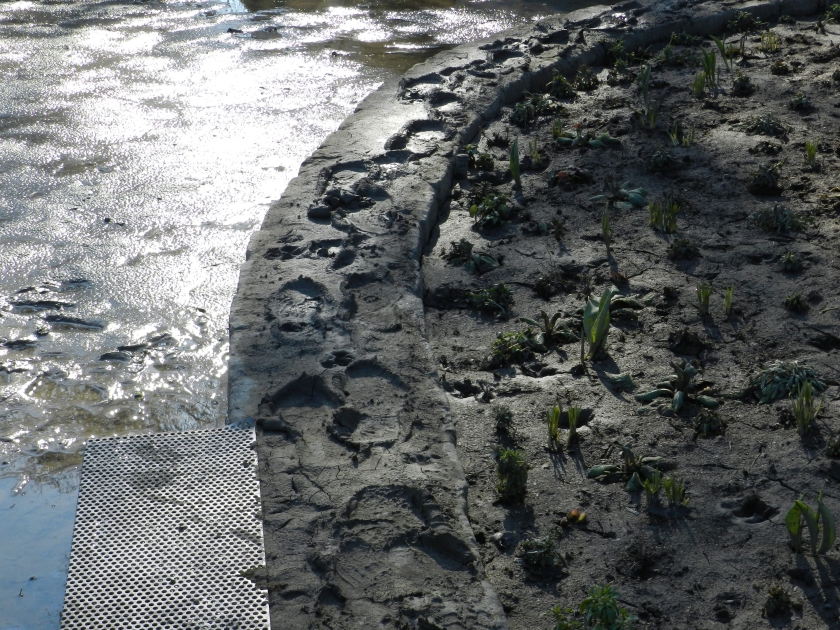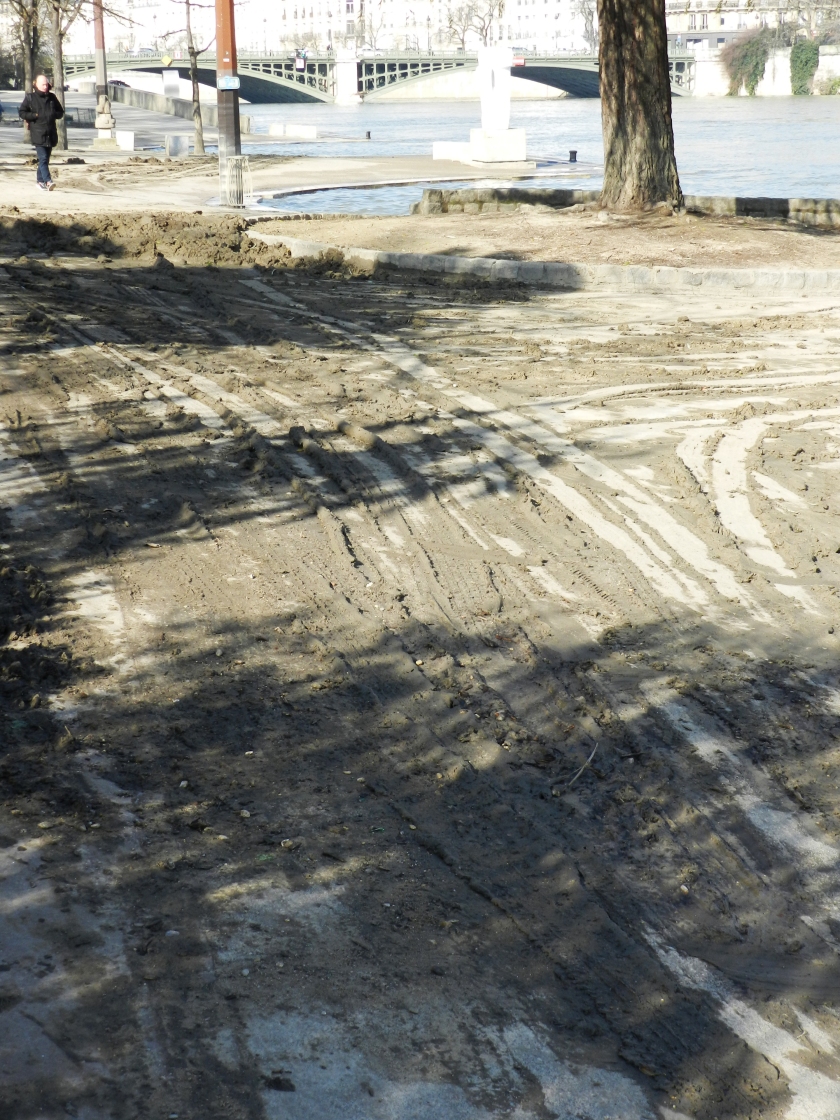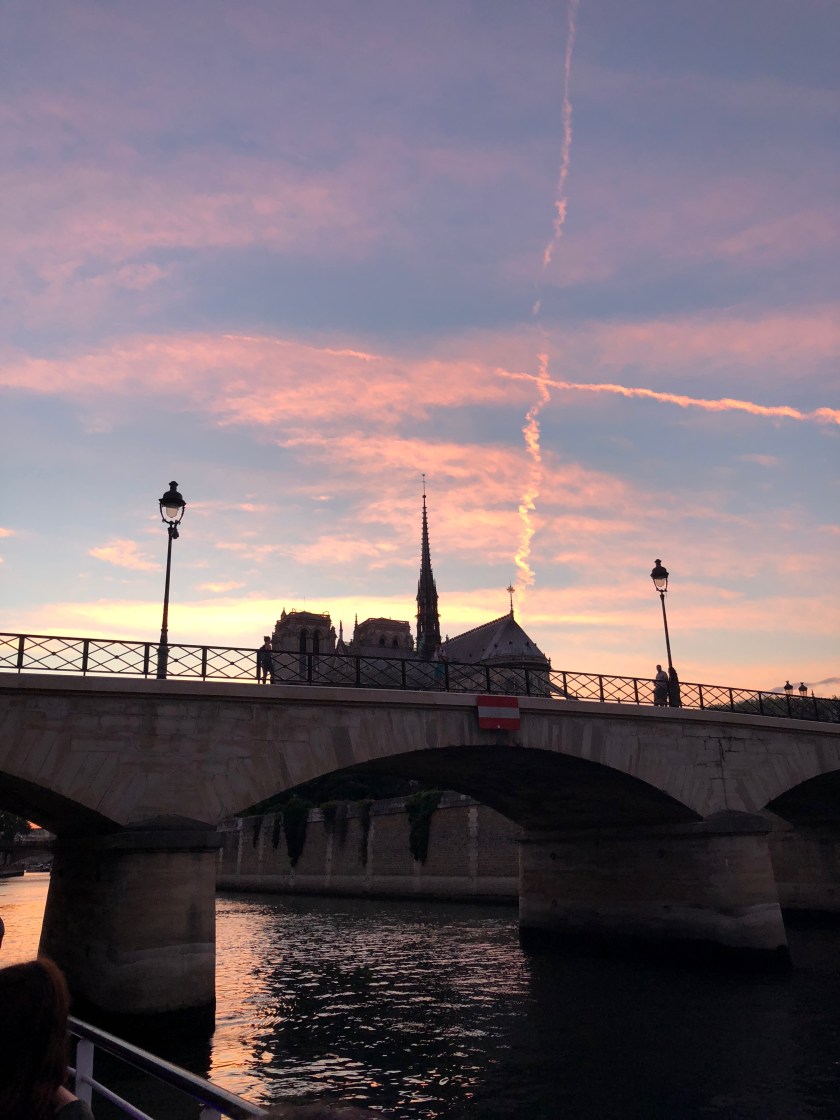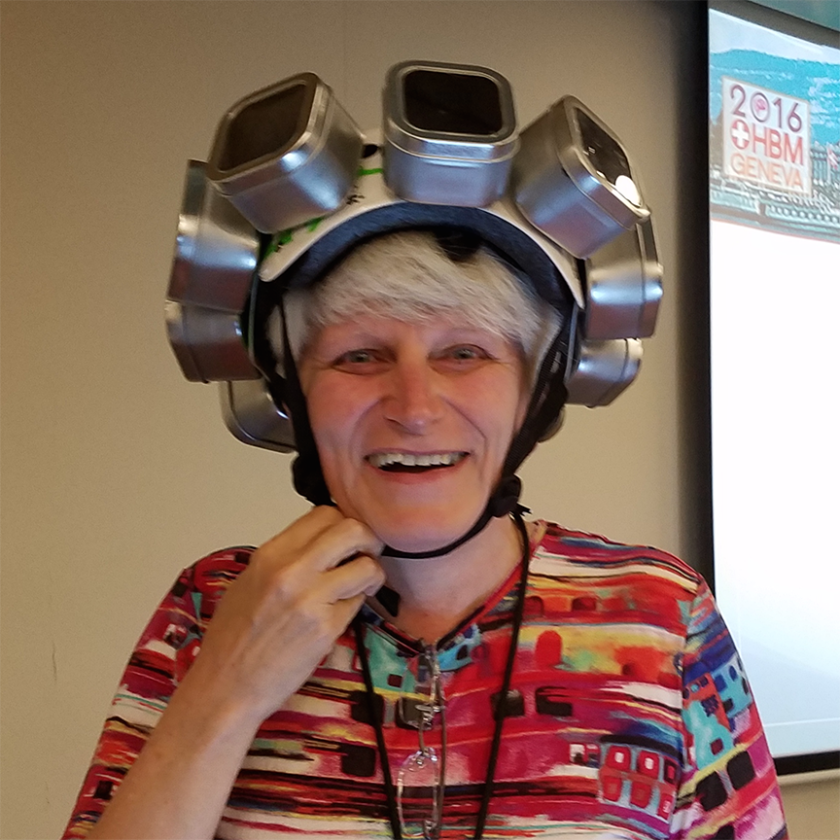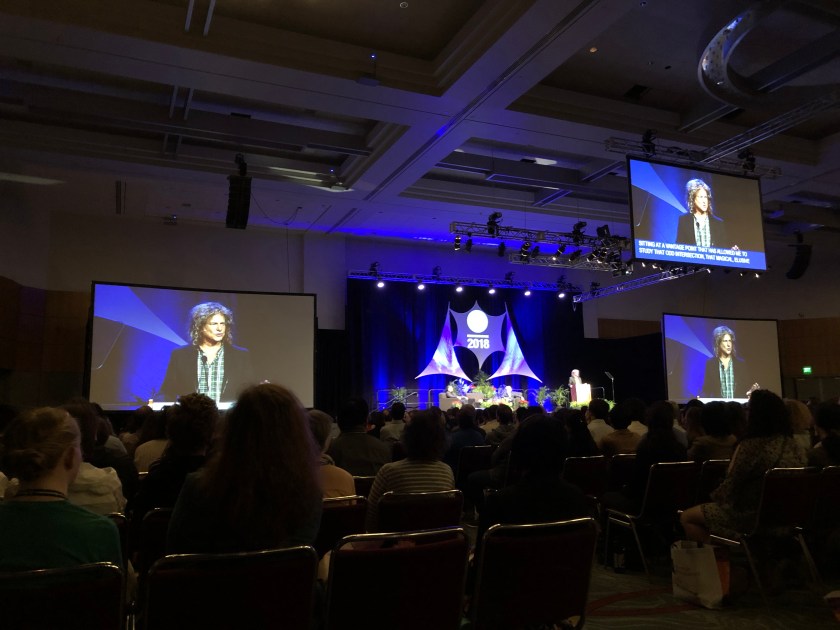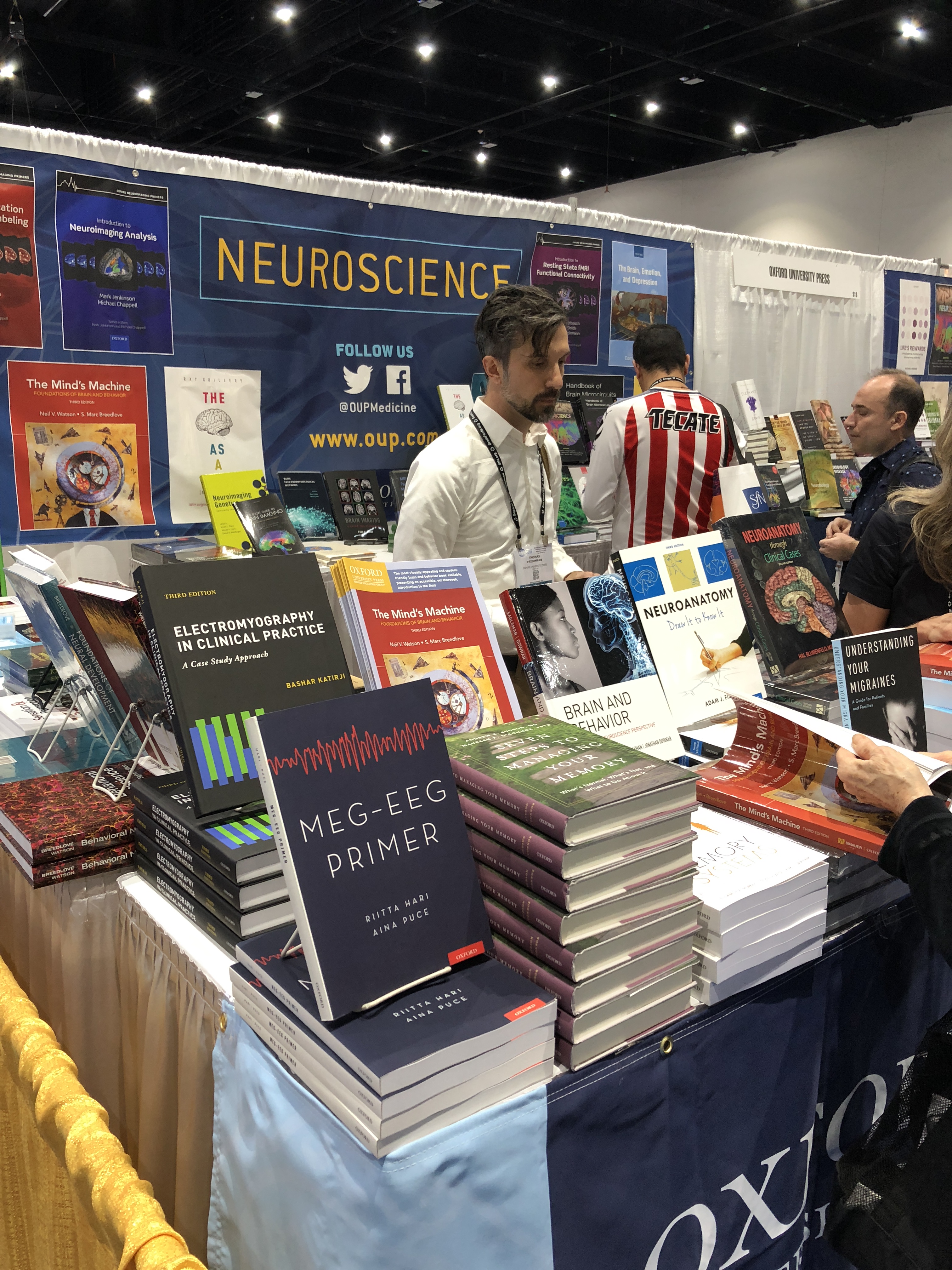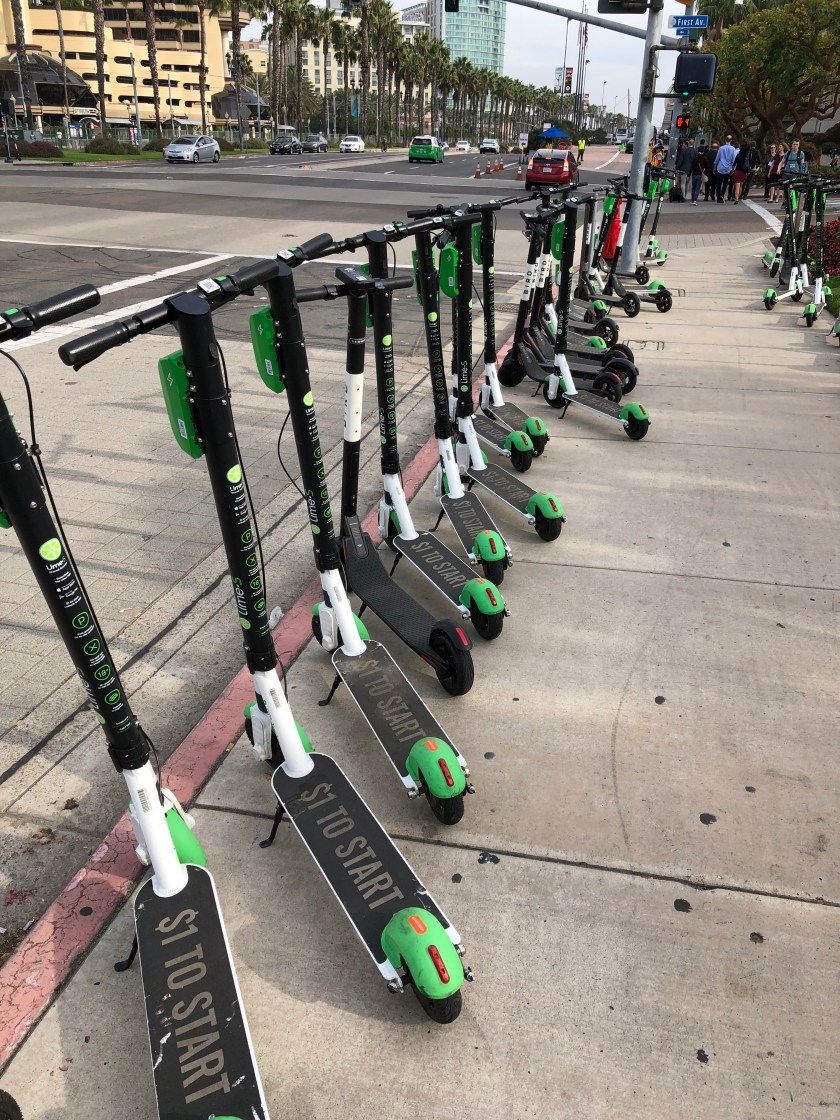Quite a nutty week it was in Paris just before OHBM2019. Lots of things to be done – talks, posters to be finished for the Organization for Human Brain Mapping [OHBM] meeting in Rome! Lots of ICMers were working hard prepping for this meeting… including the ICM’s cat. Most mornings over the last week he sat on the edge of the moat [with quite a precipitous drop] or just in the middle of foot traffic on the moat, soliciting pats from everyone…
As part of the work side of this week I took a trip out to Fontainebleau with my colleague, who was a member on a Jury for a PhD thesis defense at an institution called INSEAD. INSEAD brands itself as the ‘Business School of the World’ [see https://www.insead.edu/] & it offers graduate education in business & marketing. It is a very international place – faculty & students alike come from all parts of the world. It has campuses in Singapore & Abu Dhabi as well. The name INSEAD is an acronym that stands for Institut Européen d’Administration des Affaires [see https://en.wikipedia.org/wiki/INSEAD]. It was founded in 1957 by one of the first venture capitalists – Georges Doriot. Incredibly, for the first 10 years it had its classes in the Château de Fontainebleau, before moving to its new Fontainebleau campus in 1967! The cool part about INSEAD’s campus is that is it a stone’s throw from the famous Fontainebleau forest. We made sure that we got there earlier so we could take a stroll through some of it. Unusual forest for something that is so far inland – the soil is very sandy…

…seems like you are at the beach. The trees are amazing – lots of huge oaks with twin trunks as well as lots of fir trees. Very pretty.
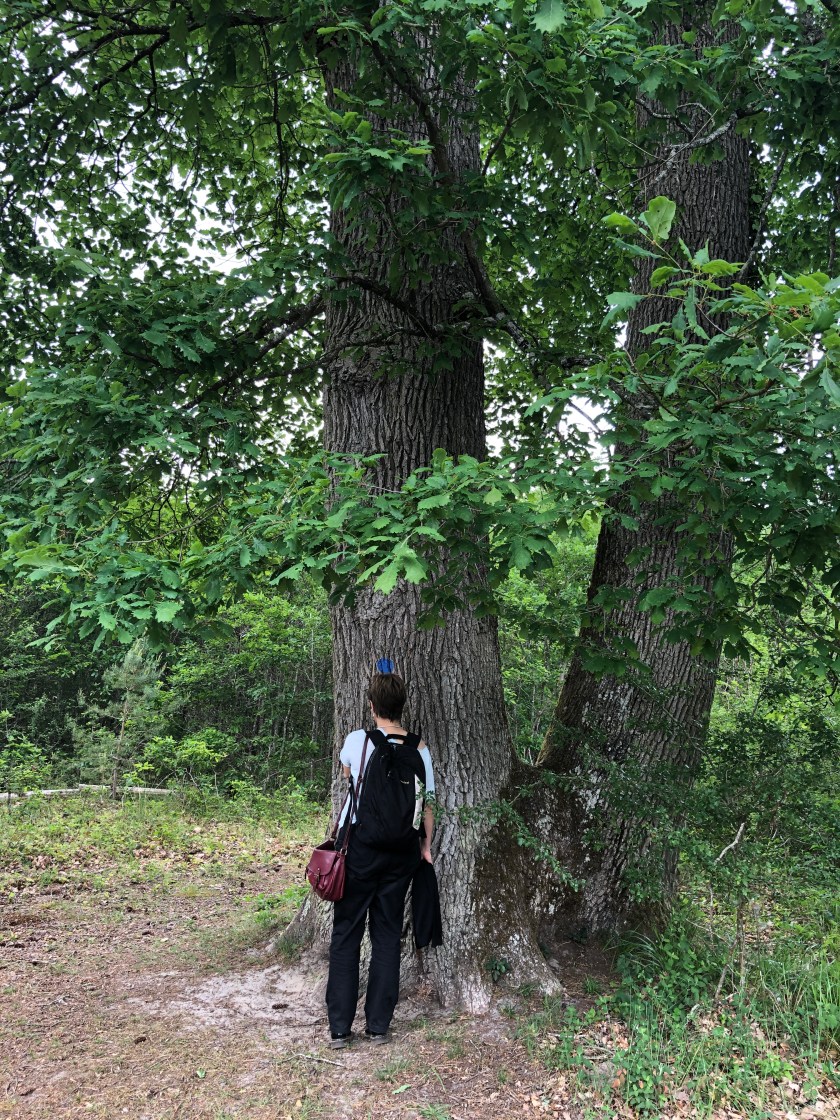
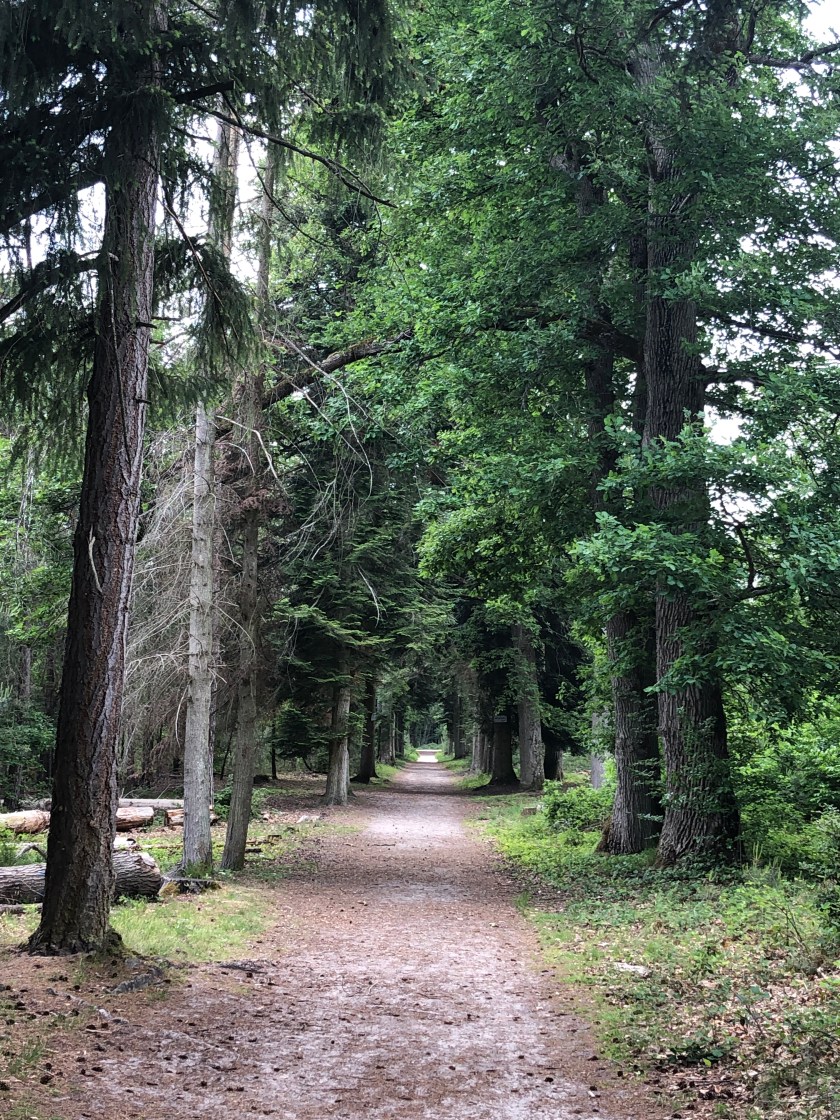
Apparently there are a lot of deer, as well as wild boars running around in this forest. Thankfully we did not run into the latter. The thing that is the most striking though is the bird life – you hear so many different types of birds. We heard a cuckoo – with its very distinctive call. See if you can hear it in the video below:
It was a real treat to wander around for about an hour or so in the forest. Felt really weird doing that with my laptop slung over my shoulder & wearing a string of pearls. Here is another video showing the beautiful terrain & this time some different bird calls can be heard.
It was nice to come back to Fontainebleau once more – on a previous trip I had visited the chateau. Before we knew it though, it was time to head inside for the PhD thesis defense, which of course went well. After it was done it was time to get on the train back to Paris a colleague from INSEAD gave us a ride to the station in Fontainebleau. We could see a pretty nasty storm coming over as we were driving. Sure enough the heavens opened when we had to get out of the car at the station. Only took ~15 sec to get completely drenched from the hips down – I was valiantly clutching my umbrella in the wind. Actually I was glad to get under cover in the station – am not worried about the deluge as I am about the thunder & lightning. That afternoon’s storm was a doozy. A group of schoolchildren got hit by lightning while they were on a soccer field. Yikes.
As if the week was not busy enough, another thing to do before going to Rome was to check out a specialist cooking store in Paris. Why would I need to do that I hear you cry & also in this particular week? I was looking for some pasta cutters to make tortellini & agnolotti because mine at home have become blunt. So I was looking for some new sharp ones with the idea if I could not get them in Paris [Plan A], I would then look for them in Rome [Plan B]. The store is in the 1st arrondisement & is called MORA [https://mora.fr/].
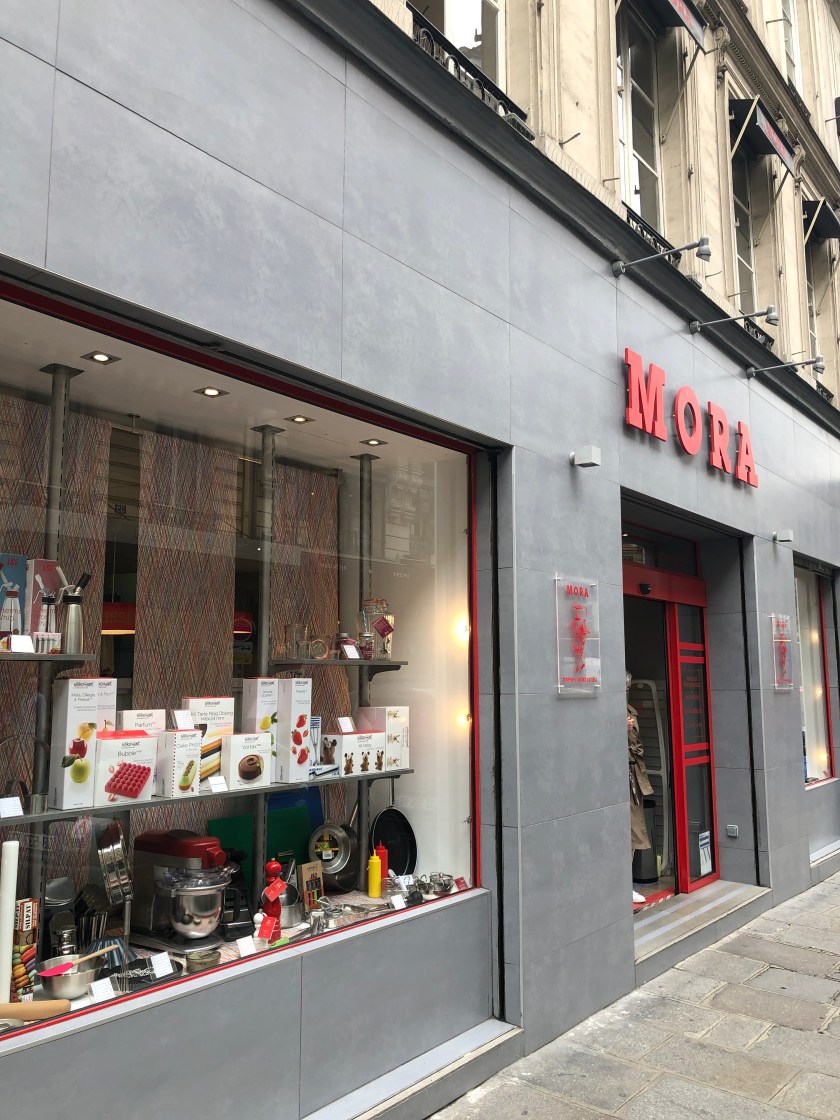
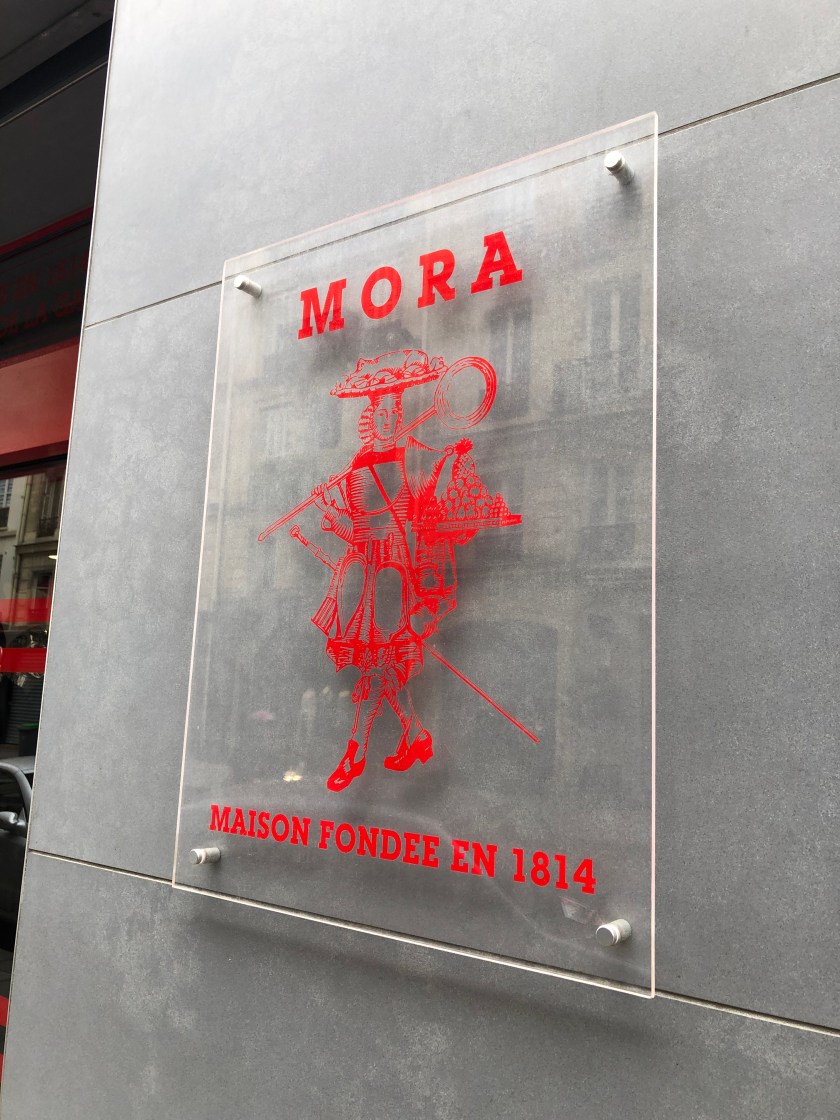
So as can be seen in the image above, the place has been around for quite some time! Mission accomplished! I bought my new pasta making tools there. I also got a chain mail glove as I often will bone poultry or rabbit at home. The boning knife is incredibly sharp & I worry that one day that knife might slip & it will be a trip to the emergency room… So no more worrying about that now.
During this week at ICM Stuart Firestein from Columbia University was in Paris – working with his colleagues at an institute called the CRI or the Center for Research in Interdisciplinarity [https://cri-paris.org/]. Very interesting initiative – founded by François Taddei & Ariel Lindner in 2005 to create a student/researcher centered open environment, with a goal to promote life-long learning. The building is also very impressive – took a huge renovation & also includes student apartments. The building has a radical design – library & admin are between two other buildings – one of which has labs & the other offices etc. Here are some pics of a renovated Art Deco staircase. Originally the staircase also had a service elevator going down the center, which was taken out. Now a linear light sculpture, spanning many floors, is in the elevator’s place.
The doors of the elevator were salvaged to create this piece of wall art that compliments the surroundings very nicely. What a delightful way to feature something from days gone by…

That night we went out to drinks & dinner – lovely to catch up with Stuart in Paris. We went to a bar where the shot below was taken. We were also accosted by a cat who insisted on sitting on all of our laps. When I told the bar’s owner that he had a really nice cat, he said it belonged to his neighbor & that it would always hang out in the bar soliciting pats from everyone.
We ended up going to a famous brasserie called Les Philosophes in the Marais [http://www.cafeine.com/philosophes]. The restaurant has been there since the 1920s & is in the old Jewish neighborhood of Paris. We had a great meal, washed down with a premier bottle of red. I also had the biggest steak tartare I have ever had. Finished every little bit of it…
The next day Stuart visited us at the ICM & checked out CENIR – the neuroimaging center with MRI/MEG/EEG – something I have described in a previous post.
What a busy, but enjoyable, week! This post started & ended with a cat. [Yes, I am missing my creatures.] The next post will come from Italy – after the madness that is OHBM2019 is over…












